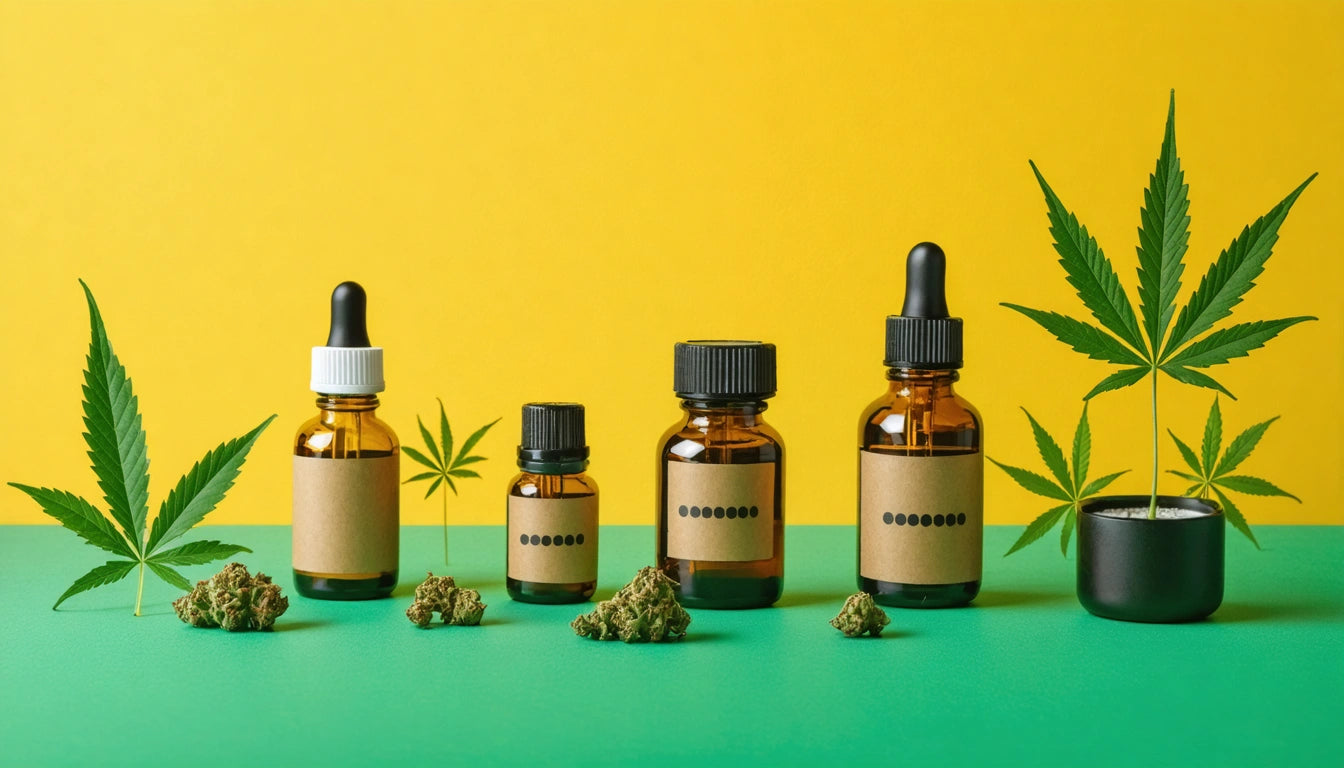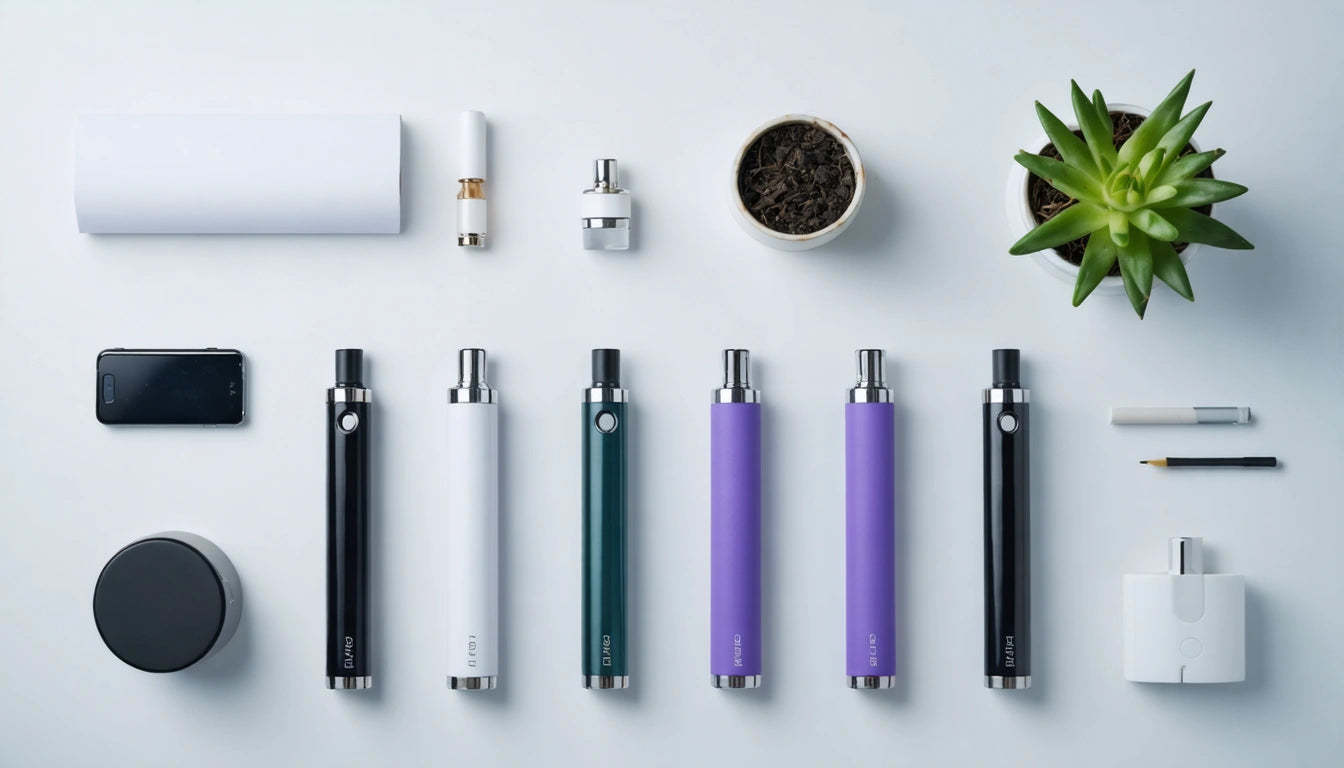Table of Contents
Cannabis packaging audits are critical evaluations that determine whether your products meet regulatory requirements in the United States and Canada. These inspections can occur with little notice and carry significant consequences for non-compliance, including fines, product recalls, or license suspension. Proper preparation is essential for passing these evaluations and maintaining business continuity.
Understanding Cannabis Packaging Audits
Regulatory audits assess compliance with packaging laws that vary by jurisdiction. In the United States, regulations differ by state, while Canada maintains federal standards with provincial variations. Audits typically examine child-resistant features, warning labels, THC symbols, and marketing restrictions.
According to U.S. cannabis packaging regulations, these inspections may be scheduled or surprise visits, depending on the state. Canadian audits, as outlined in Canadian packaging rules, tend to follow more standardized federal protocols with additional provincial requirements.
Pre-Audit Preparation Steps
1. Conduct Internal Audits
Regular self-assessments help identify potential compliance issues before regulators do. Create a checklist based on your jurisdiction's requirements and perform monthly reviews of your packaging inventory.
2. Staff Training
Ensure all team members understand compliance requirements relevant to their roles. This includes production staff, quality assurance personnel, and management. Document all training sessions and maintain current training records.
3. Supplier Verification
Work with compliance-ready packaging suppliers who understand regulatory requirements. Request and maintain certificates of compliance for all packaging materials, especially for child-resistant features.
Documentation Requirements
Prepare and organize the following documents before any audit:
- Child-resistant certification for all applicable packaging
- Standard operating procedures (SOPs) for packaging compliance
- Batch records showing compliance verification
- Label approval documentation from regulatory bodies
- Corrective action reports from previous audits
- Training records for staff handling packaging compliance
- Change control documentation for packaging modifications
Many cannabis businesses now use compliance software and tools to manage this documentation efficiently. These systems can alert you to upcoming regulatory changes and help prepare for audits with minimal disruption.
Key Compliance Areas
Child-Resistant Packaging
Both U.S. and Canadian regulations require child-resistant packaging for most cannabis products. Understanding the differences between U.S. and Canadian child-resistant standards is crucial for companies operating across borders.
Warning Labels and Symbols
Each jurisdiction has specific requirements for warning statements, THC symbols, and health advisories. Labeling requirements vary significantly between regions, particularly regarding languages, symbol size, and placement.
Marketing Restrictions
Canada's plain packaging rules severely limit branding elements, while U.S. states vary in their marketing restrictions. Understanding creative workarounds within legal boundaries can help maintain brand identity while remaining compliant.
Differences Between U.S. and Canadian Audits
U.S. audits typically focus on state-specific requirements with varying enforcement approaches. The severity of fines and enforcement actions differs dramatically between states.
Canadian audits center on federal Cannabis Act compliance, with particular attention to plain packaging requirements, standardized cannabis symbols, and bilingual labeling. Provincial authorities may add additional layers of scrutiny to these federal standards.
Companies operating in both markets must navigate these differences carefully. Our specialized cannabis processing equipment solutions are designed with cross-border compliance in mind, helping producers maintain consistent quality while meeting varied regulatory standards.
Audit Day Protocols
When auditors arrive, follow these best practices:
- Designate a primary contact person to guide auditors
- Have all documentation organized and readily accessible
- Provide a dedicated space for auditors to review materials
- Answer questions honestly without volunteering excessive information
- Take notes on all auditor comments and requests
- Request clarification on any findings you don't understand
Maintaining professionalism and transparency throughout the audit process demonstrates your commitment to compliance and can positively influence outcomes.
Addressing Audit Findings
If auditors identify compliance issues, respond promptly with:
- A detailed corrective action plan with specific timelines
- Root cause analysis to prevent recurrence
- Documentation of all remediation steps
- Follow-up communication with regulatory authorities
The most common compliance mistakes include outdated warning statements, improper child-resistant mechanisms, and inconsistent THC symbols. Addressing these proactively can prevent major audit findings.
Proactive Strategies for Ongoing Compliance
Rather than viewing audits as one-time events, implement these ongoing compliance strategies:
- Subscribe to regulatory updates through industry associations
- Establish a compliance committee that meets regularly
- Develop relationships with regulators before problems arise
- Implement systems to track regulatory changes in all operating jurisdictions
- Budget for packaging updates as regulations evolve
For companies operating across North America, understanding cross-border packaging compliance is essential for maintaining market access and avoiding costly regulatory penalties.
By implementing these preparation strategies, cannabis businesses can approach packaging audits with confidence rather than anxiety, turning regulatory compliance into a competitive advantage rather than a burden.











Leave a comment
All comments are moderated before being published.
This site is protected by hCaptcha and the hCaptcha Privacy Policy and Terms of Service apply.